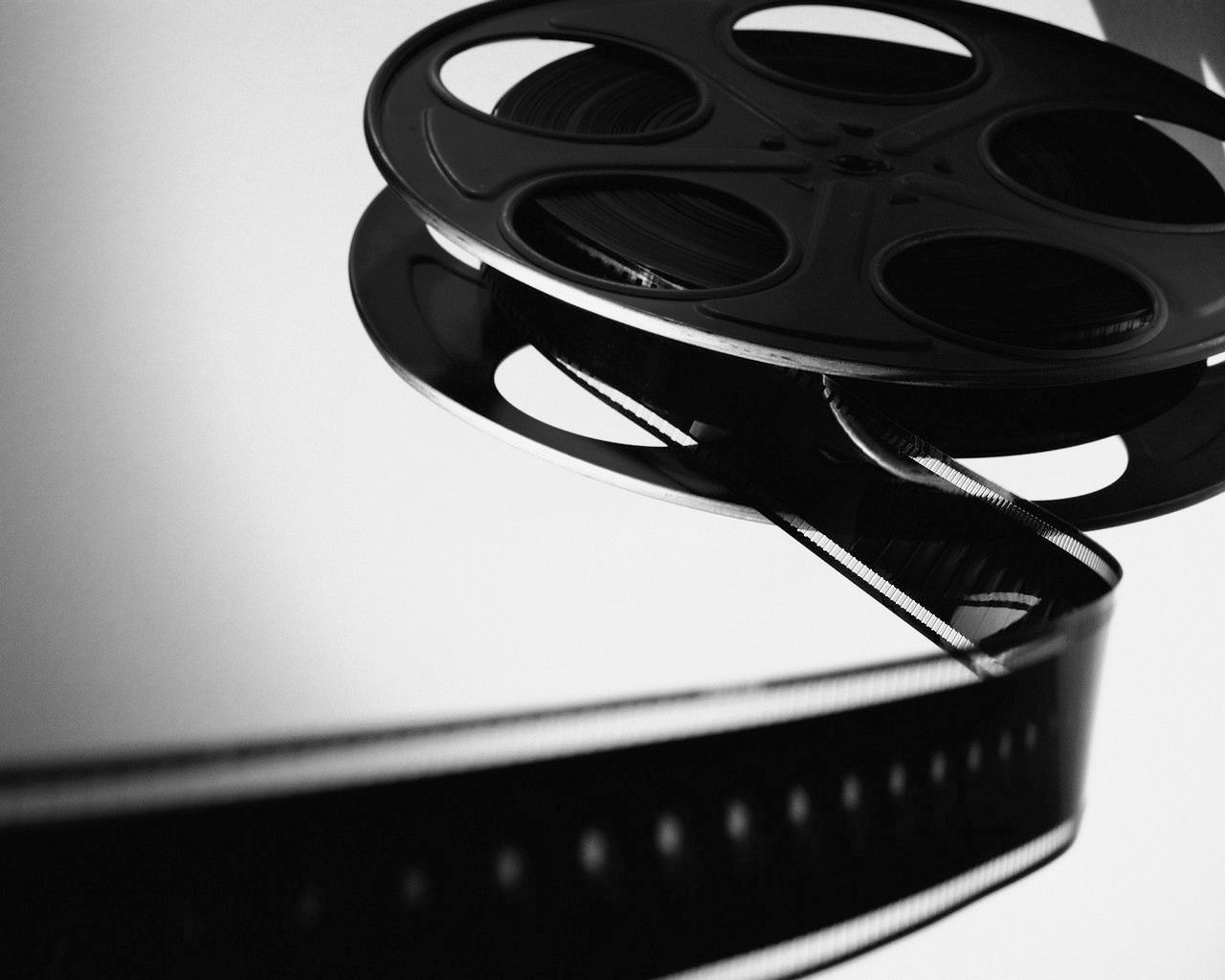Unpacking The Intriguing World Of Movie Rools
Have you ever watched a film and thought to yourself, "Wow, that was a game changer?" This feeling often stems from the unique elements and 'rools'—or rules—that filmmakers adhere to when creating a cinematic masterpiece. From the pacing of the storyline to character development, the intricate guidelines that govern the art of filmmaking are what make or break a movie. Understanding these 'movie rools' could significantly enhance your viewing experience, allowing you to appreciate the nuances that might otherwise go unnoticed.
As we dive deeper into the concept of movie rools, it's essential to recognize that these guidelines are not mere restrictions. Instead, they serve as a framework that encourages creativity and innovation. Filmmakers may bend or even break these rools for artistic effect, resulting in films that challenge conventional storytelling and leave a lasting impact on audiences. In this article, we will explore various aspects of movie rools and how they contribute to the magic of cinema.
Whether you're a casual viewer or an aspiring filmmaker, understanding the dynamics of movie rools can enrich your appreciation for films. Join us as we unravel the secrets behind successful movies, dissecting the rules that govern storytelling, character arcs, and visual aesthetics. By the end of this exploration, you may find yourself watching movies with a new perspective, recognizing the craftsmanship that goes into creating unforgettable cinematic experiences.
What Are Movie Rools?
Movie rools refer to the fundamental guidelines that filmmakers follow to create engaging narratives and captivating visuals. These rools can encompass various aspects of filmmaking, including plot structure, character development, pacing, and even the use of sound and visuals. While some directors strictly adhere to these rools, others creatively bend or break them to achieve a desired effect, leading to innovative storytelling techniques.
How Do Movie Rools Affect Film Quality?
The quality of a film is often a reflection of how well the filmmakers understand and implement movie rools. Here are some ways these guidelines impact the final product:
- Pacing: A well-paced film keeps audiences engaged, while poor pacing can lead to boredom.
- Character Development: Strong character arcs contribute to emotional investment, making viewers care about the outcomes.
- Visual Storytelling: The use of visuals must align with the narrative and themes to create a cohesive experience.
- Sound Design: Effective sound design enhances the emotional impact and immerses the audience in the film's world.
Who Are the Masters of Movie Rools?
Several filmmakers have become renowned for their expertise in adhering to and creatively manipulating movie rools. Directors like Alfred Hitchcock, Martin Scorsese, and Quentin Tarantino are celebrated for their unique styles and innovative approaches to filmmaking.
What is the Biography of Alfred Hitchcock?
| Full Name | Sir Alfred Joseph Hitchcock |
|---|---|
| Date of Birth | August 13, 1899 |
| Nationality | British |
| Notable Works | Psycho, Rear Window, North by Northwest |
| Death | April 29, 1980 |
How Did Alfred Hitchcock Master Movie Rools?
Alfred Hitchcock is often referred to as the "Master of Suspense," and his expertise in movie rools is evident in his iconic films. He understood the importance of building tension and using visual storytelling to engage viewers. Hitchcock's ability to manipulate audience expectations through clever plot twists and character motivations exemplifies how bending the rools can lead to groundbreaking cinema.
How Do Movie Rools Influence Genre?
Different genres of film have their own set of rools that dictate the expectations of viewers. For example:
- Horror: Common rools include the presence of a monster or antagonist and the build-up of suspense.
- Romantic Comedy: Key elements often include a meet-cute, misunderstandings, and a happy ending.
- Action: Fast-paced sequences, a strong hero, and high stakes are typical components.
Understanding these genre-specific rools can help viewers appreciate the creativity involved in crafting films that both adhere to and subvert audience expectations.
Can Movie Rools Be Broken?
Absolutely! Some of the most memorable films are those that break traditional movie rools. By disregarding conventional expectations, filmmakers can create innovative narratives that provoke thought and discussion. For instance, films like "Pulp Fiction" and "Eternal Sunshine of the Spotless Mind" defy linear storytelling, offering audiences a fresh perspective on narrative structure.
What Can We Learn from Movie Rools?
Ultimately, movie rools serve as a guideline for filmmakers, but they are not set in stone. The most successful films are often those that find a balance between adhering to these rools and pushing their boundaries. Aspiring filmmakers can learn from these guidelines while also allowing room for experimentation and creativity.
How Can Understanding Movie Rools Enhance Your Viewing Experience?
Being aware of movie rools can significantly enrich your experience as a viewer. Here’s how:
- Critical Thinking: Understanding the underlying principles of filmmaking allows you to analyze and critique films more effectively.
- Appreciation for Craftsmanship: Recognizing the effort that goes into adhering to or bending these rools can deepen your appreciation for filmmakers.
- Informed Discussions: Engaging in conversations about films becomes more meaningful when you can reference specific rools and techniques.
Conclusion: Why Movie Rools Matter?
In conclusion, movie rools are essential to understanding the art of filmmaking. They not only provide a framework for creating compelling stories but also allow for creative expression and innovation. Whether you choose to strictly adhere to these rools or creatively break them, they play a crucial role in shaping the cinematic landscape. So next time you sit down to watch a film, take a moment to consider the movie rools at play and how they contribute to the overall experience.
Article Recommendations


